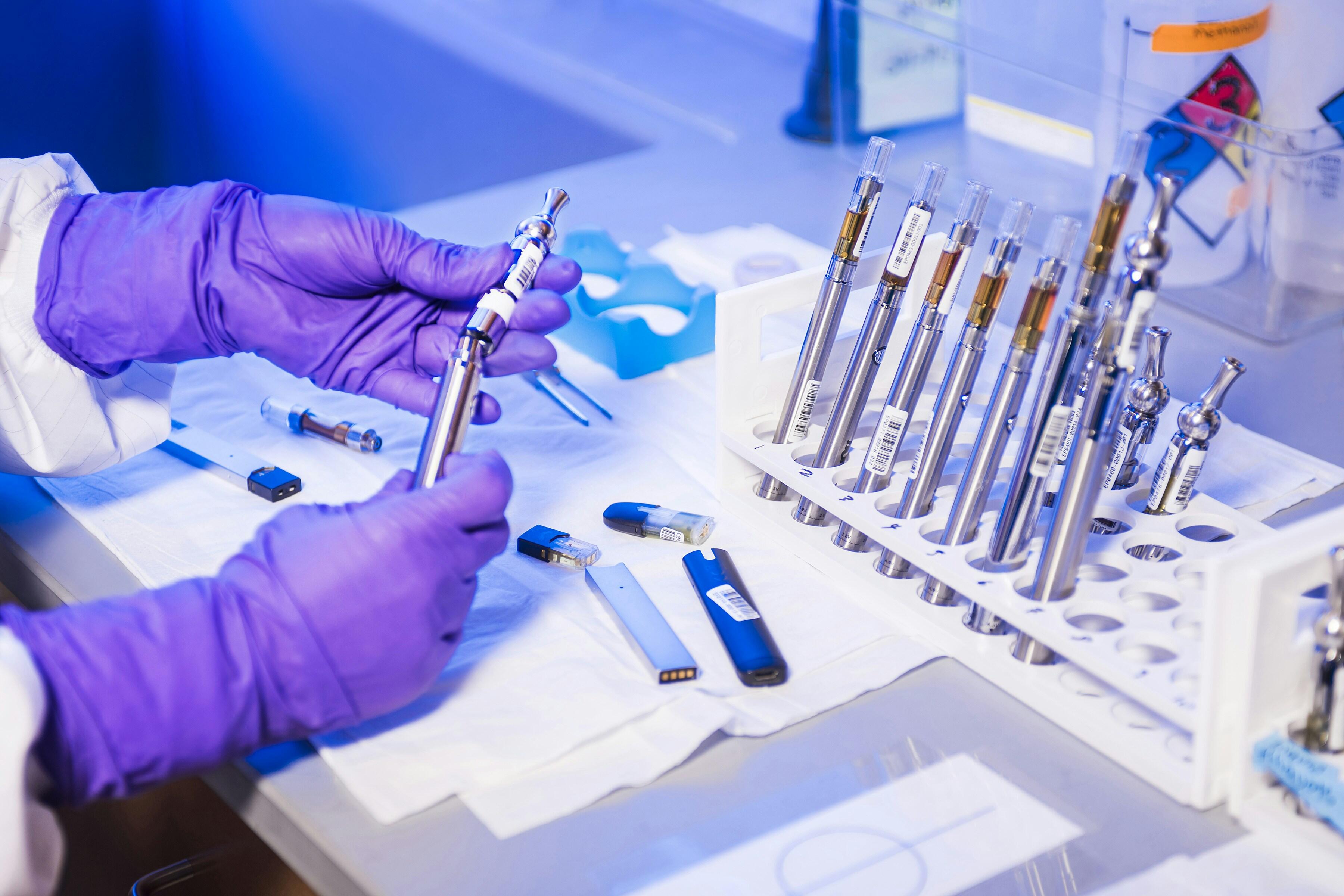Philanthropy goes a long way in funding diversity and research at universities. However, much of it is concentrated at the most wealthy public universities in the country.
Chief Data Officer at the University of the Sunshine Coast, Dr Omer Yezdani tells Azzet that almost 74% of all philanthropic donations are concentrated within just eight institutions in Australia.
These are the University of Sydney, the University of Melbourne, the University of Queensland, the University of New South Wales, the University of Western Australia, Monash University, the Australian National University, and Macquarie University, and have remained the same since 2020.
University of Sydney Vice-President, Rosalind Ogilvie says, in 2023, the institution received A$157.1 million in 2023, an increase from $142.3 million in 2018.
This upward trend can be seen across all Australian universities. According to Yezdani, donations increased 28.5% between 2022 and 2018 compared to the previous five years.
Where do donations end up?
Ogilvie says the University of Sydney has more than 4000 charities or causes for people or organisations to donate to.
“Some donors support causes that are meaningful to them, while others let us recommend an area where donations are needed, be it an equity scholarship, a life-changing research project or a critical student support service,” she says.
Dr Yezdani echoes this statement, saying donations can be directed towards a wide range of causes and are often invested in research and financial aid.
“Financial aid programs might be improving facilities that can be used to deliver services to the community or to conduct research, or that can be used by students,” he says.
“It might also be to promote diversity and inclusion, to increase uptake of higher education among underrepresented groups or for students from regional and remote areas, so that they can access the benefits of higher education.”

University of Melbourne Vice-President of Advancement and Communications and Marketing, Nick Blinco said around a third of the donations follow global trends towards medical research.
A significant medical contribution they received recently was a $20m gift from Pamela Galli AO to sustain and advance research into neurodevelopmental disorders, skin cancer prevention and treatments, as well as enabling new areas of investigation and research collaboration.
“Thanks to the generosity of our supporters we can pursue groundbreaking research, provide access to education through scholarships for students from diverse backgrounds, and develop world-class teaching and learning facilities,” he says.
“Every faculty seeks and has received philanthropic support.”
In 2019, the University of Sydney became the first Australian university to raise A$1 billion in philanthropic donations in 2019 through the INSPIRE campaign.
The institution also received its largest single donation last year, courtesy of $100 million from the Khuda Family. This donation was also the largest philanthropic gift in NSW.
“The generous gift will fund an ambitious 20-year program, creating a pathway for girls from Western Sydney into STEM (Science, Technology, Engineering and Mathematics) education and careers,” Ogilvie says.
Other notable recent donations the university has received include a $50 million donation from the Snow Medical Research Foundation to fight glaucoma. In addition, the university received a donation from an anonymous donor for Indigenous entrepreneurs in the business world.
Ogilvie says donations are crucial to the institution's function and people make them during their lifetime and as gifts during their will.
An example of a large donation was a $45 million donation made to La Trobe University for autism research.
Yezdani says this significant donation was an outlier, and one of the largest single donations of any university.
“I am sure this donation toward autism research would have really made a huge difference for them,” he says.
Dr Yezdani says the causes donations contribute to depend on the university, its strategies and what causes people care most about.
Why do people donate to universities?
Dr Yezdani says people often donate to causes they care about. Universities have a proven ability to support healthy people and a healthy planet.
“It's to help make a difference in the community for things that people care about. I think there's a great deal of satisfaction that philanthropists get as well about being able to invest in those causes,” he says.

Ogilvie says the University of Sydney receives both small and large donations from Australia and the world. This gives people a chance to support “deeply personal causes” as all proceeds are allocated to the donors' chosen areas.
“Donations are tax-deductible because the Government recognises the crucial contribution our universities make through teaching, research and community outreach," she says.
“A donor’s careful decision is a vote of confidence and trust in universities as places that make an essential contribution to society and are committed to the public good.”
As for why some institutions receive more than others, Dr Yezdani says this can also be related to philanthropy or fundraising capabilities.
“Some universities have a more significant fundraising profile and might have better mechanisms for engaging with philanthropists,” he says.
“They may also be more capable of handling donations associated with a wider variety of causes or activities and delivering outcomes in certain fields of research.”
The future of higher education philanthropy
Despite the rising cost of living, Dr Yezdani said he believed Australian philanthropy would continue to thrive.
“The Australian community has been and continues to be incredibly generous for causes that it believes in,” he says.
“It’s a reflection of how much people care about making a difference in society. Whether their capacity to give is big or small it remains important and of value.”
Related content


